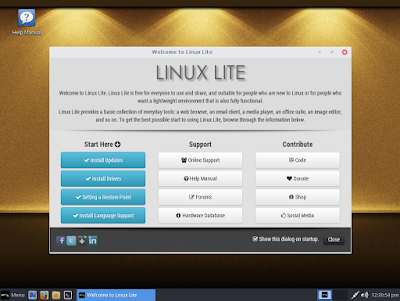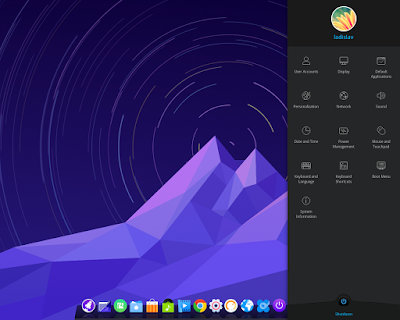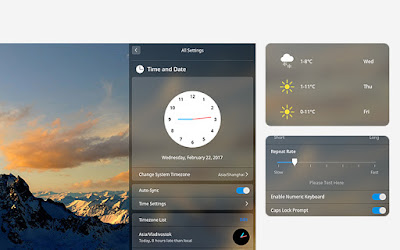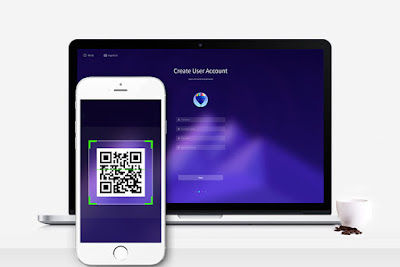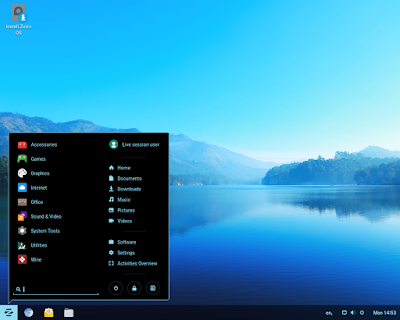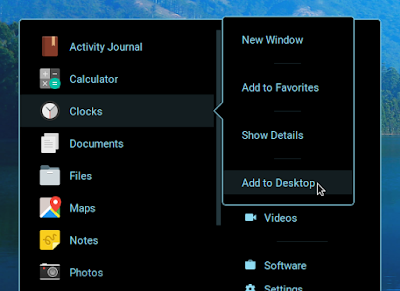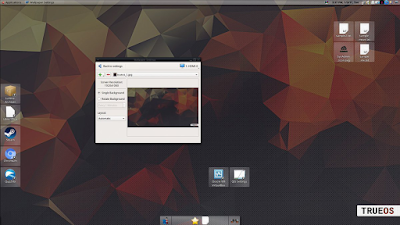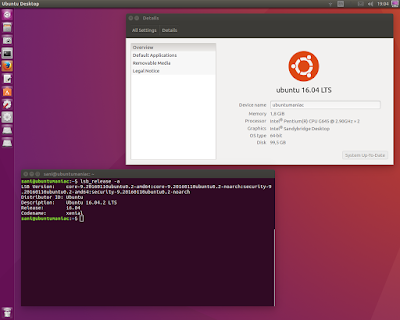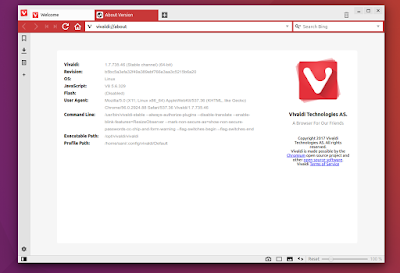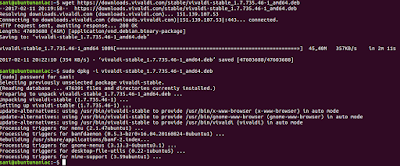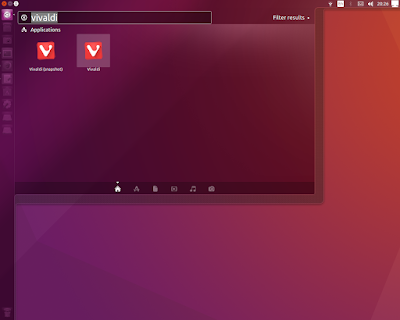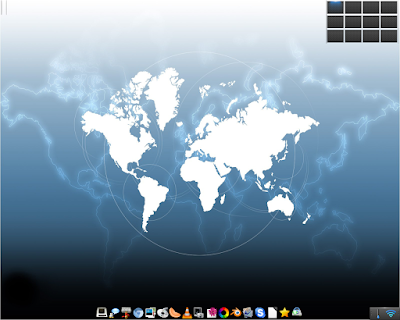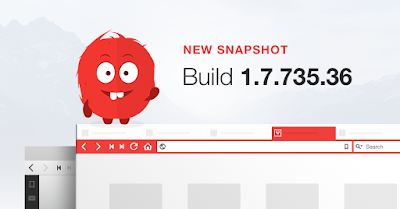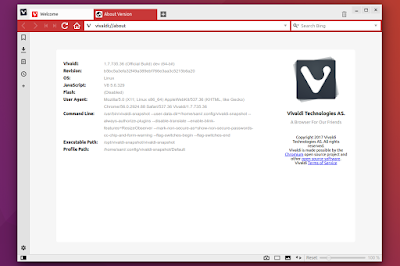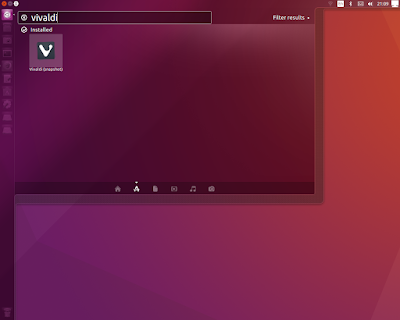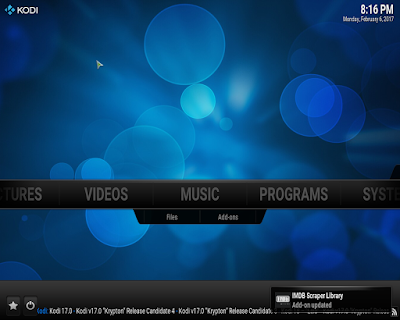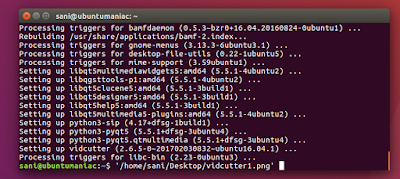Linux Lite is a beginner-friendly Linux distribution based on Ubuntu’s long-term support (LTS) release and featuring the Xfce desktop. Linux Lite primarily targets Windows users. It aims to provide a complete set of applications to assist users with their everyday computing needs, including a full office suite, media players and other essential daily software.
Lite Updates Notify – A new application for Linux Lite. Lite Updates Notify is a desktop notification that informs the user of all available updates. Menu, Favorites, Install Updates should be run before executing Lite Updates Notify for the first time. A HUGE thank you to Ralphy for his collaboration on this challenging application.
1. Menu, Settings, Lite Updates Notify.
2. Select a notification frequency.
Linux Lite 3.4 beta is now available for testing. There have been a number of changes since the 3.2 release. Linux Lite 3.4 final will be released on April 1st, 2017. Lite Updates Notify – a new application for Linux Lite. Lite Updates Notify is a desktop notification that informs the user of all available updates. Menu, Favorites, Install Updates should be run before executing Lite Updates Notify for the first time. This is a notification only. Go to Menu, Favorites, Install Updates if the notification says you have updates to install. This is an optional application, you do not have to use it if you don’t want to and it is disabled by default. Linux Lite 3.4 is based on Ubuntu 16.04.2; however, we do not include the 4.8 kernel hardware enablement stack. The HWE stacks were never meant to be supported for the entire life of the LTS release.
Changelog:
- Kernel 4.4.0-65 (custom kernels also available via our Repository for versions 3.13 – 4.10)
- Firefox 51.0.1
- Thunderbird 45.7.0
- LibreOffice 5.1.6.2
- VLC – 2.2.2
- Gimp 2.8.20
- Base: 16.04.2
There is no upgrade to or from Beta releases. Beta releases are for testing only and it is not recommended to run them as your main or secondary operating system.
See the rest of the release announcement for more information and screenshots
Downloads:
HTTP:
Download 32bit from here – Linux Lite 3.4 Beta 32bit
md5sum: 75eae1bba1caaf85b72fb14e1030c4ad
Size: 1002mb (DVD, USB)
Download 64bit from here – Linux Lite 3.4 Beta 64bit
md5sum: 4bade47d0116de4ff6330425c811ed33
Size: 990mb (DVD, USB)
TORRENTS:
32bit Torrent from here – linux-lite-3.4-beta-32bit.iso.torrent
Hash: 8802035b9f65f677b29b340218006058018cf10a
Size: 1002mb (DVD, USB)
64bit Torrent from here – linux-lite-3.4-beta-64bit.iso.torrent
Hash: eb306daa9f490ada8c5729e59f3634a372c934a7
Size: 990mb (DVD, USB)

